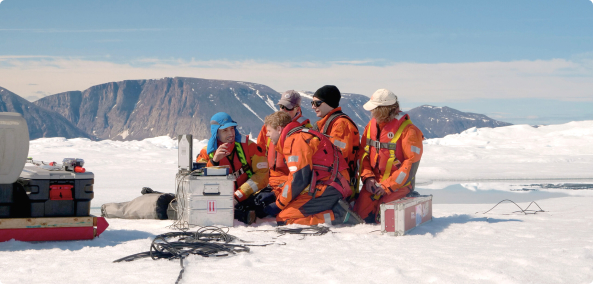After settling in at the Princess Elisabeth Antarctica (PEA), the team has fully reactivated all the station’s systems. Now that everyone has settled in, the real work begins: maintaining the station and supporting this season’s scientific research projects.















